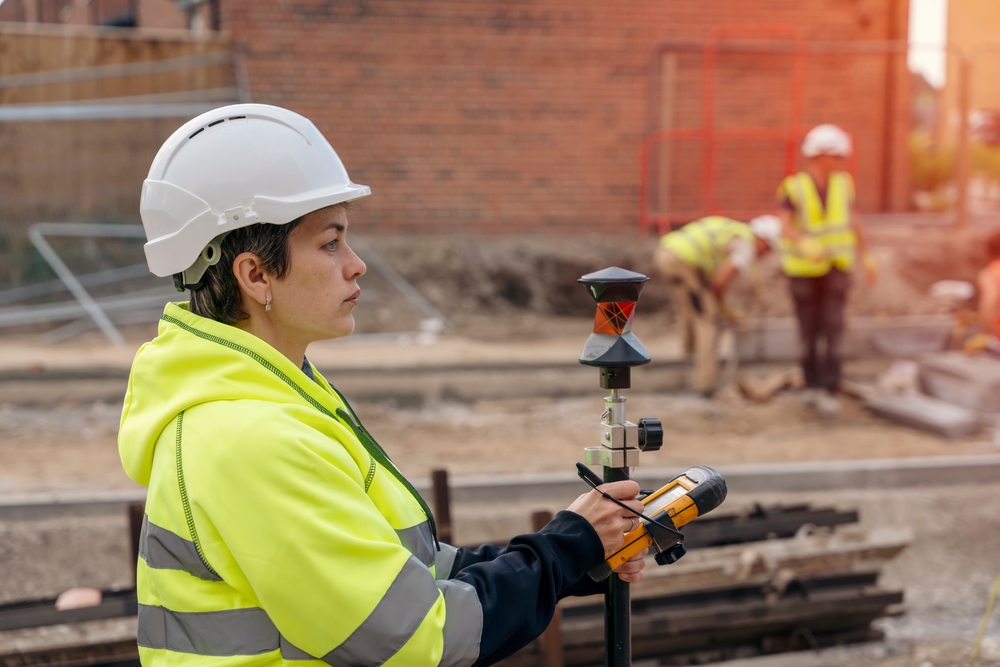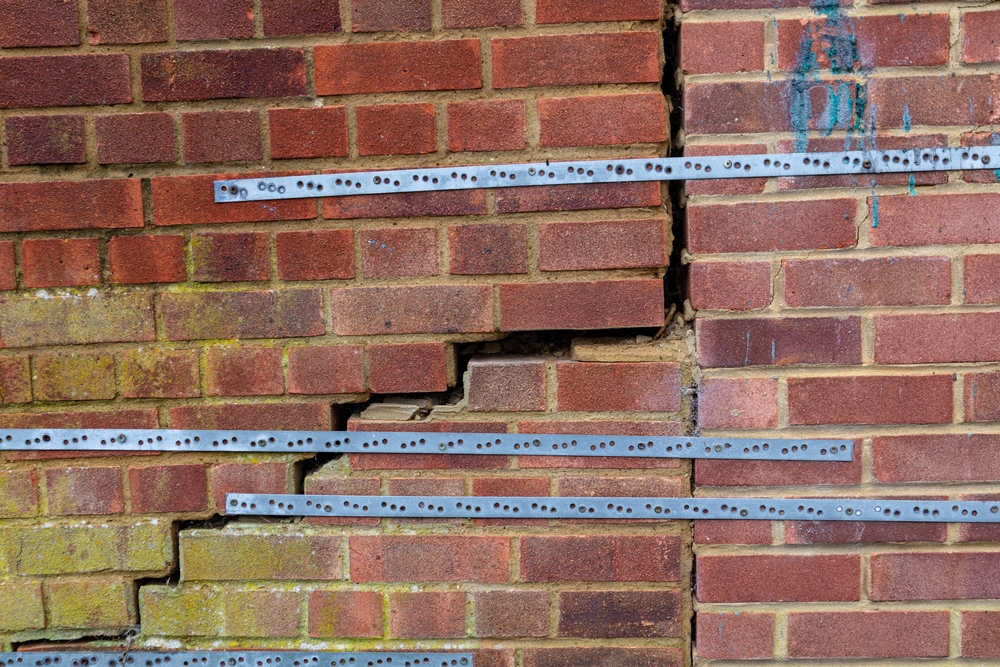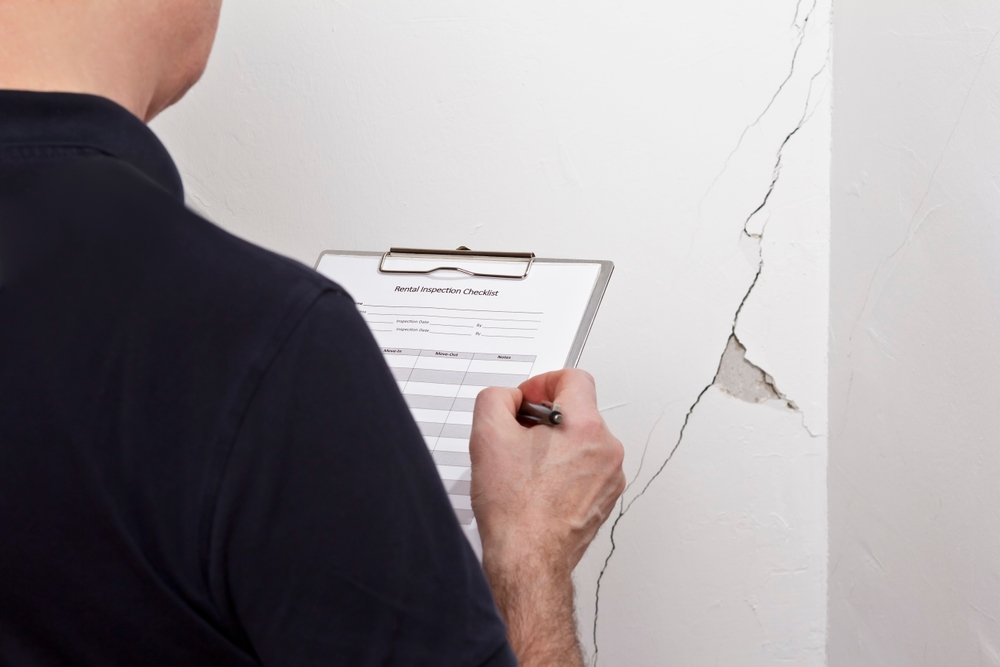


Dealing with subsidence claims brings an added layer of complexity to homeowners’ insurance. Subsidence can create serious structural issues, affecting not only a property’s stability but also its insurability and resale value. Once a property has experienced subsidence, finding home insurance after subsidence claim at reasonable rates or with adequate coverage can become challenging due to insurers’ high-risk perception.
We break down the essentials of securing and managing home insurance after subsidence claim, offering practical insights for homeowners, prospective buyers, and those handling policy renewals.
This guide focuses on navigating policy adjustments, reducing future risks, and maintaining transparency with insurers. It will empower you with the knowledge to protect your investment confidently.
Increase in Subsidence Claims
The number of home insurance quotes with previous subsidence claims has risen dramatically:
Impact on Premiums
While claim payouts have increased, insurers are trying to maintain competitive pricing:
Future Projections
Climate change is expected to increase subsidence risks:
Insurance Industry Response
The insurance industry is adapting to these changes:
These statistics highlight the growing challenge of subsidence for the UK home insurance market, driven largely by changing climate conditions and extreme weather events.
Subsidence is the gradual sinking or caving of land and buildings, which can cause serious structural damage to a home’s foundation. Home insurance after a subsidence claim becomes especially complex, as insurers often perceive subsidence-affected properties as high-risk, leading to premium increases and possible exclusions.
Common causes of subsidence include clay-rich soils, extreme weather, and human activities like mining. Recognising early warning signs – such as cracks in walls or doors that won’t close properly – can be crucial for minimising damage and improving the prospects of insurance coverage.
Early detection can prevent more extensive damage for homeowners concerned about home insurance after a subsidence claim, making it easier to maintain affordable coverage.
Filing a subsidence claim with your insurer involves several steps, beginning with a structural assessment by a professional surveyor. Documentation is key when filing a claim, so take photos, gather repair estimates, and be prepared to engage in detailed communication with your insurer.
To improve the outcome, ensure your claim package is comprehensive and precise, as the process can be tricky to navigate if the insurer questions the extent of damage or repair costs. If the subsidence claim is rejected, understanding why can help you address any documentation gaps and appeal the decision on a subsidence claim that was not paid out.
What Oakleafe Clients Say:
Book your complimentary consultation with our insurance claim professionals.

Subsidence is the gradual sinking or caving of land and buildings, which can cause serious structural damage to a home’s foundation. Home insurance after a subsidence claim becomes especially complex, as insurers often perceive subsidence-affected properties as high-risk, leading to premium increases and possible exclusions.
Common causes of subsidence include clay-rich soils, extreme weather, and human activities like mining. Recognising early warning signs – such as cracks in walls or doors that won’t close properly – can be crucial for minimising damage and improving the prospects of insurance coverage.
Early detection can prevent more extensive damage for homeowners concerned about home insurance after a subsidence claim, making it easier to maintain affordable coverage.
Filing a subsidence claim with your insurer involves several steps, beginning with a structural assessment by a professional surveyor. Documentation is key when filing a claim, so take photos, gather repair estimates, and be prepared to engage in detailed communication with your insurer.
To improve the outcome, ensure your claim package is comprehensive and precise, as the process can be tricky to navigate if the insurer questions the extent of damage or repair costs. If the subsidence claim is rejected, understanding why can help you address any documentation gaps and appeal the decision on a subsidence claim that was not paid out.
What Oakleafe Clients Say:
Book your complimentary consultation with our insurance claim professionals.

One of the most significant effects of subsidence claims is on premiums and coverage terms. Home insurance after a subsidence claim often leads to premium increases due to the increased risk associated with the property. Insurers may increase excesses and impose specific policy limits or exclusions.
This “risk-based premium” reflects the perceived likelihood of future issues. It’s essential to consider how these changes may impact your financial planning. To make your home insurance after subsidence claim more manageable, consider cost-saving measures such as discounts for risk-reduction improvements or bundling multiple policies with the same provider.
Understanding different types of insurance claims can help homeowners navigate these challenges more effectively.
If you’re looking for new home insurance after a subsidence claim, remember that insurers will assess your property as high-risk. Here are some general tips for finding insurers who cover properties with a subsidence history:
Finding the right home insurance after a subsidence claim can take time, but staying informed will better equip you to find a policy that fits your needs.

Purchasing a home with a subsidence history requires extra care, particularly if you want to secure home insurance after a subsidence claim. Mortgage lenders and insurers often view these properties as high-risk, affecting both the availability of financing and the cost of insurance.
Working with an experienced surveyor to assess the property’s structural integrity is crucial for making an informed decision. Understanding the specific subsidence issues and their potential impact on your insurance and resale value will help you evaluate risks effectively.
This knowledge can also empower you to negotiate more favourable mortgage terms and insurance rates, even considering the property’s subsidence history
Preventative measures are essential for minimising the risk of further subsidence and securing a favourable outcome. Consider implementing the following strategies:
By adopting these strategies, you’re reducing future subsidence risk and demonstrating proactive property management, which can enhance your eligibility for home insurance after a subsidence claim.

In most cases, insurers will impose specific exclusions after a subsidence claim. Common exclusions in home insurance after subsidence claim may include non-structural or cosmetic repairs, repairs for pre-existing damage, or limitations on further claims. To stay informed, read your policy carefully and ask questions about exclusions or restrictions.
By understanding the limitations of home insurance after subsidence claim, you can take proactive steps to manage future issues and avoid surprises when making future claims.
What are common insurance limitations after a subsidence claim?
Insurers may limit coverage for specific types of repairs or impose conditions for future claims. Always verify what is covered and what isn’t in your policy.
Can I switch insurers after a subsidence claim?
Yes, but transparency is critical. When switching insurers, be upfront about the claim history. Insurers specialising in high-risk properties may offer competitive terms for home insurance after subsidence claim.
How can I improve my property’s insurability after a subsidence claim?
Implementing risk-reduction measures, such as drainage improvements, and keeping thorough records of all repairs and assessments can help make your property more appealing to insurers.
Will my premiums remain high indefinitely?
Not necessarily. By maintaining a history of repairs and showing improvements in your property’s stability, you may be able to negotiate lower premiums over time.
Navigating home insurance after subsidence claim may feel overwhelming, but understanding your policy and taking proactive steps can make the process smoother. Key takeaways include:
With this guidance, you’ll be better equipped to secure home insurance that fits your needs, maintain a safer property, and face the future confidently, even with a history of subsidence.
Oakleafe Claims have represented policyholders and managed their insurance claims since before the First World War. We have vast expertise and experience in both domestic and commercial insurance claims with thousands of satisfied policyholders who have received their deserved insurance settlement. With no upfront fees required, our internal data shows that insurance claims managed by professional loss assessors like Oakleafe can expect a settlement up to 40% higher than claims managed by the policyholder.
What Oakleafe Clients Say:

Please complete the form and one of our insurance claim professionals will call you back ASAP